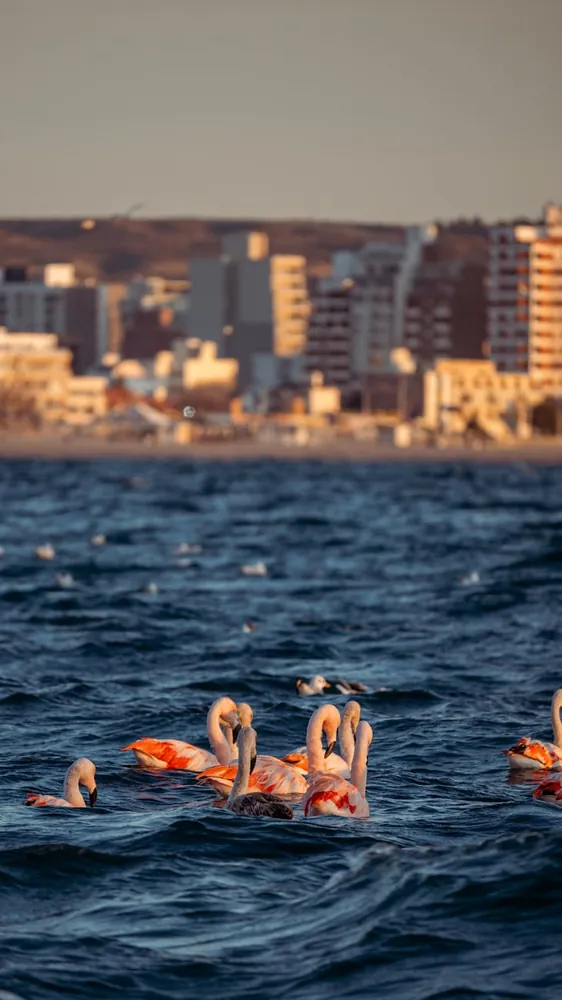evaluating approaches to create safe wildlife passages through urban landscapes

Understanding the Need for Wildlife Corridors in Urban Areas
Urbanization is a double-edged sword for wildlife. On one hand, expanding cities can offer new opportunities for some species. On the other, rapid development often results in habitat fragmentation, which can threaten biodiversity and disrupt natural processes. Wildlife corridors are an innovative solution aimed at addressing these challenges by connecting fragmented habitats, thus facilitating safe passage for wildlife through urban landscapes.
The primary purpose of these corridors is to allow animals to move freely between habitats that have been divided by roads, buildings, or other infrastructure. This connectivity is crucial for genetic diversity, access to resources, and seasonal migrations.
Key Design Principles of Wildlife Corridors
Integration with Urban Planning
A successful wildlife corridor must be integrated into the urban planning process from the start. This means involving ecologists, urban planners, and civil engineers in the conversation early to ensure that wildlife needs are considered alongside human development plans.
- Landscape Connectivity: Ensure that corridors connect significant habitat patches to support diverse species.
- Minimize Human-Wildlife Conflict: Design features that reduce the likelihood of wildlife-vehicle collisions and other human-wildlife conflicts.
- Consideration of All Species: Corridors should cater to a variety of species, from small mammals and insects to large predators.
Ecological Considerations
Understanding the ecological requirements of different species is vital. Designers should consider factors such as vegetation types, water availability, and topography when planning corridors. Seasonal changes and migration patterns must also be accounted for to ensure corridors remain functional year-round.
Incorporation of Green Infrastructure
Green infrastructure can play a pivotal role in creating effective wildlife corridors. This includes green roofs, vertical gardens, and permeable surfaces that support biodiversity while providing environmental benefits such as stormwater management and heat reduction.
Real-World Examples of Successful Wildlife Corridors
Banff Wildlife Crossings, Canada
One of the most well-known examples is found in Banff National Park in Canada, where a series of wildlife overpasses and underpasses have been constructed along the Trans-Canada Highway. These structures have significantly reduced wildlife mortality rates and are used by a variety of species including bears, moose, and elk.
Ecoducts in the Netherlands
The Netherlands has pioneered the use of 'ecoducts'—bridges specifically designed for wildlife. The Veluwe Heuvelrug ecoduct, for example, spans across highways and railways to connect various nature reserves. These structures not only facilitate animal movement but also enhance the landscape's aesthetic value.
Practical Tips for Designing Wildlife Corridors
- Identify Key Habitats: Conduct thorough ecological assessments to identify crucial habitats that need connectivity.
- Engage Stakeholders: Work with local communities, governments, and NGOs to ensure project support and sustainability.
- Monitor and Adapt: Establish a monitoring program to track corridor usage by wildlife and make adjustments as needed.
Scenario: Implementing a Wildlife Corridor in an Urban Setting
Imagine a mid-sized city planning a new highway extension that cuts through an important natural area. Here's how city planners might proceed with integrating a wildlife corridor:
- Assessment Phase: Conduct environmental impact assessments to understand potential impacts on local wildlife populations.
- Design Collaboration: Collaborate with ecologists and landscape architects to design a corridor that considers species-specific needs and integrates seamlessly into the existing landscape.
- Community Engagement: Host public workshops to educate residents about the benefits of wildlife corridors and gather feedback on proposed designs.
- Construction and Implementation: Utilize environmentally friendly materials and methods during construction to minimize disturbance.
- Ongoing Monitoring: Implement camera traps and tracking devices to monitor wildlife usage and ensure the corridor is functioning as intended.
The Role of Policy and Legislation
Effective policy and legislation are critical components in establishing wildlife corridors. This includes zoning laws that require habitat connectivity in urban development plans and incentives for incorporating green spaces within city limits. International cooperation can also foster the creation of transboundary corridors that benefit migratory species.
Conclusion
The integration of wildlife corridors into urban landscapes is an essential step toward sustainable development that respects both human needs and biodiversity conservation. By understanding key design principles and drawing lessons from successful examples worldwide, cities can pave the way for harmonious coexistence with nature.





